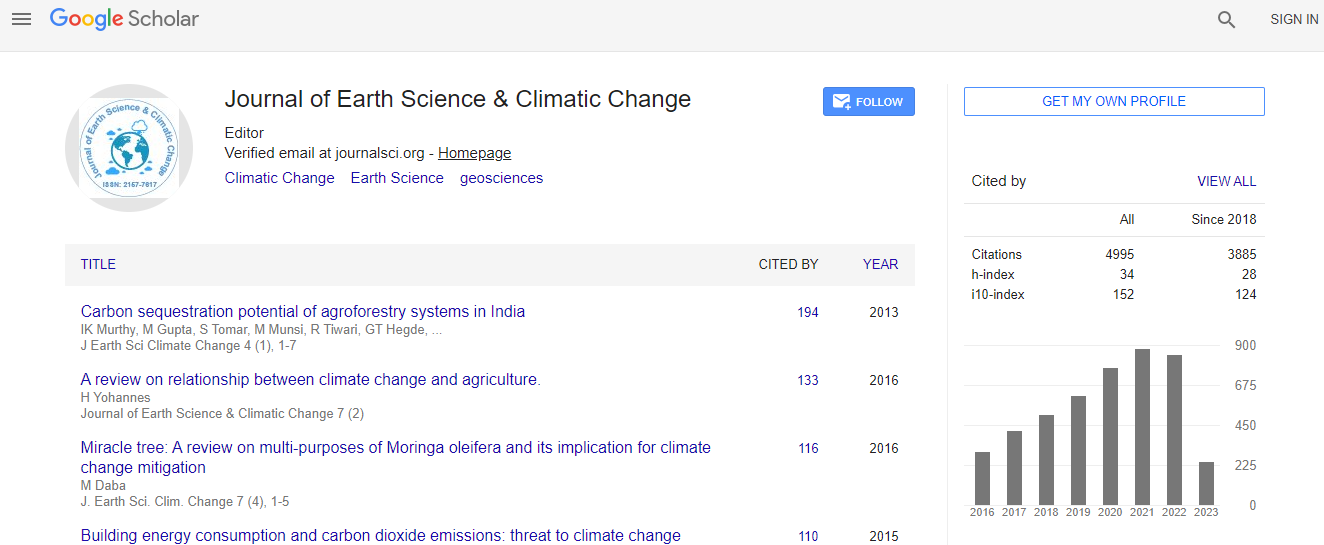Research Article
Killer Typhoons Began to Impact the Japanese Islands from ca.1.55 Ma, Based on Phylogeography of Chlorogomphus (Gliding Dragonfly)
| Osozawa S1* and Wakabayashi J2 | |
| 1Department of Earth Sciences, Graduate School of Science, Tohoku University, Sendai 980-8578, Japan | |
| 2Department of Earth and Environmental Sciences, California State University, Fresno, CA 93740, USA | |
| Corresponding Author : | Osozawa S Department of Earth Sciences Graduate School of Science Tohoku University Sendai 980-8578, Japan Tel: +8-22-795- 6619 E-mail: osozawa@m.tohoku.ac.jp |
| Received April 12, 2015; Accepted May 08, 2015; Published May 18, 2015 | |
| Citation: Osozawa S, Wakabayashi J (2015) Killer Typhoons Began to Impact the Japanese Islands from ca.1.55 Ma, Based on Phylogeography of Chlorogomphus (Gliding Dragonfly). J Earth Sci Climat Change S3:003. doi: 10.4172/2157-7617.S3-003 | |
| Copyright: ©2015 Osozawa S, et al. This is an open-access article distributed under the terms of the Creative Commons Attribution License, which permits unrestricted use, distribution, and reproduction in any medium, provided the original author and source are credited. | |
Abstract
Chlorogomphus is a golden ring dragonfly, and characterized by swarming behavior, and strong gliding and flying. Therefore this dragonfly is expected to be easily carried by typhoon winds. This dragonfly immigrated and colonized the Pacific coast of southern Japan main islands from the Ryukyu islands. In this study, we demonstrate that the Japan mainland population is phylogenetically common to the northern Ryukyu population, but distinct from the southern Ryukyu and Taiwan populations. The East China Sea was formed between the Ryukyu island arc and Asian mainland by the rifting of the Okinawa trough that started at 1.55 Ma. Prior to this time typhoons lost strength when heading overland over the Ryukyu continental arc and continental China, but since then have maintained their strength northward because they were over water (the newly opened Okinawa trough). Chlorogomphus is interpreted to have speciated on each island, but it also migrated northward as a result of typhoons that carried it further than it could normally fly. The present paper shows that such typhoons that now ravage Japan may have been generated since 1.55 Ma and will continue to be dangerous, because the opening of the Okinawa trough is an ongoing process. This phenomenon is unrelated to global warming.

 Spanish
Spanish  Chinese
Chinese  Russian
Russian  German
German  French
French  Japanese
Japanese  Portuguese
Portuguese  Hindi
Hindi 

